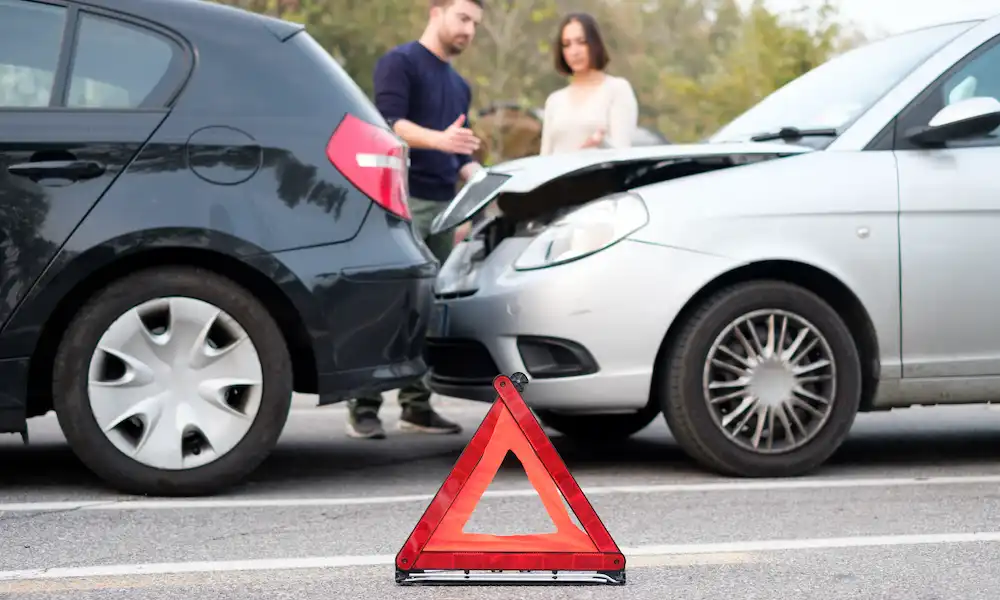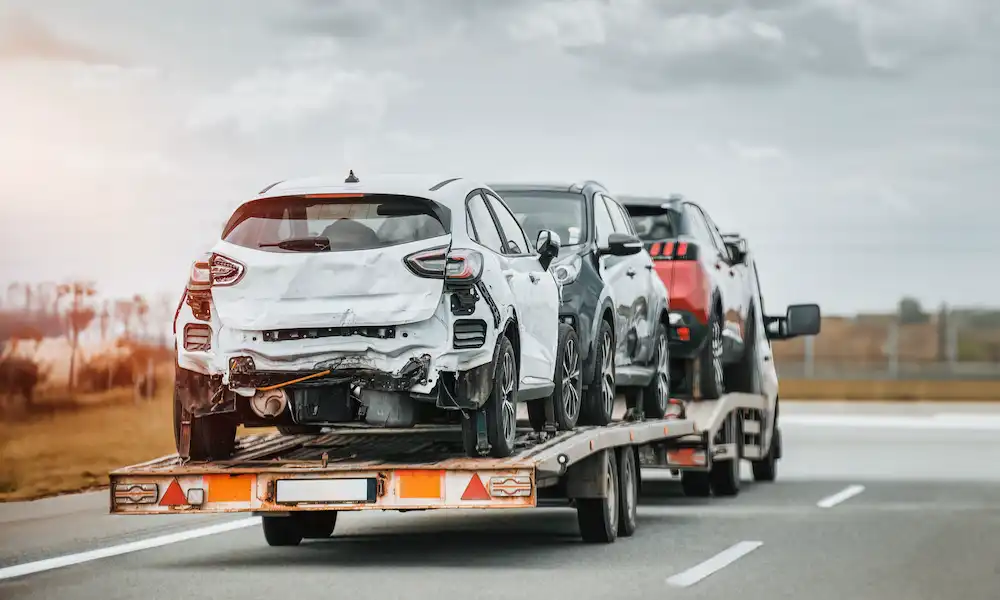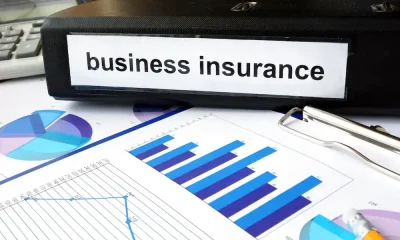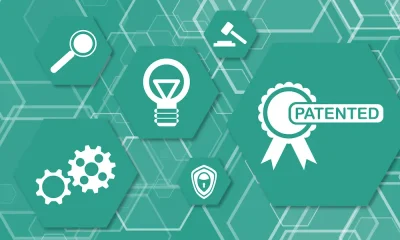Legal
Determining Fault: Unraveling The Complexities Of Car Accidents in Burlington

Did you know car accidents leave over a thousand Canadians dead each year? And even more fatally injured in their aftermath, as per the Canadian Motor Vehicle Traffic Collision Statistics: 2019.
While the accident is tragic and particularly stressful, determining fault is another factor that adds to the strain. This is the process by which the authorities establish who’s responsible for the accident so they can settle the resultant damages or injuries.
Additionally, several outcomes may arise when employees driving company cars are involved in accidents and are at fault.
The specific consequences can depend on various factors, including local laws, company policies, insurance coverage, and the circumstances of the accident.
Car Accident Guide
Sounds complex? Not to fret. This guide aims to break it down into bits so you may understand the complexities you might face after car accidents Burlington, starting with the general considerations.
Step 1: Immediate Actions Post-Accident
The accident’s just taken place. You’re the victim. Or maybe you’ve just gotten caught up in it. Your first priority should be safety.
Check for injuries and move to a safer location if possible. Contact law enforcement immediately is a great idea; a police report is vital when determining fault in car accidents Burlington.
Also, document the scene thoroughly – take photos, note the time and weather conditions, and collect witness information if possible.
Step 2: Reporting The Accident
Alright, so you’ve just had an accident. What’s next? Well, first, call your insurance company when you’re safe. They will walk you through what they need from you step by step.
You might have to file a report with the Burlington authorities depending on the crash. This is super important, especially if there’s been a lot of damage or, heaven forbid, someone got hurt.
Remember, there’s a clock ticking on these things, so don’t put it off. Reporting everything quickly not only helps with your claim but also makes sure you remember the details correctly.
Step 3: Gathering Evidence
Grab your phone and snap as many photos of the accident scene as possible. Get shots from different angles and capture things like street signs, traffic lights, and all the damage.
Did anyone see what happened? If so, get their contact info. A witness can sometimes make a massive difference in piecing together the story. For instance, they might have noticed the other driver was distracted. That’s gold right there.
Don’t forget the police report – the official version of what went down. Officers tend to see things we might miss in the heat of the moment.
Got a dash cam? That footage is worth its weight in gold. Also, many intersections in Burlington have traffic cameras. This footage isn’t always easy to get, but it can be a game-changer in proving what happened.
Step 4: Understanding Burlington’s Traffic Laws
Knowing these rules is like having a secret decoder for figuring out who’s at fault regarding car accidents in Burlington.
Did someone zip through a red light or forget the speed limit? These are big no-nos and can sway who’s responsible for the crash. Think of it like this: the more you know about the rules of the road, the better you’ll understand where you stand if you ever get into a pickle on the streets.
Step 5: Working With Insurance Companies
Now, dealing with insurance companies can feel like learning a new language. But here’s the deal: keep it simple and stick to the facts.
When you call them, tell them precisely what happened and file your claim. They’ll probably have many questions, so be ready to walk them through the accident step by step.
Remember, how these folks figure out who’s at fault is a big deal. It affects everything from who pays for the damages to how your insurance rates might change. So, honesty and clarity are your best friends here. See more insurance-related information in the section – Company Car Accident.

Step 6: Legal Considerations And Seeking Counsel
Now, let’s talk about getting some legal backup. If things get complicated or there’s a significant disagreement about who’s at fault, it might be wise to chat with a lawyer.
But why use a lawyer?
- Your Legal Translator – knowing the ins and outs of Burlington’s traffic laws like the back of their hand, local lawyers can tell you straight up your rights, what you’re up against, and how to play your cards right.
- Top-Notch Negotiators – like those skilled hagglers at a market, but in the legal world, if there’s a tussle over who’s at fault, your lawyer steps in and does the talking, making sure the other side hears your side of the story, and the deal is fair to you.
- Paperwork Wizards – lawyers are used to paperwork and have the systems and resources to handle all the nitty-gritty paperwork, ensuring everything’s filled out right and submitted on time.
- Your Voice In Court – if things escalate to a courtroom drama, your lawyer represents you and presents your case in a way that resonates with judges and juries.
There are many more reasons to have a lawyer, including stress relief. With them handling the legal headaches, you can breathe easier and focus on getting your life back on track. They’ve got your back, giving you one less thing to worry about. So, if you’re feeling out of your depth, don’t hesitate to reach out for some legal muscle.
Step 7: Resolution And Follow-Up
You’ve navigated through the accident, reported it, gathered evidence, and maybe even chatted with a lawyer.
What’s next? It’s time to tie up loose ends, which could mean getting a check to cover your car repairs or medical bills. But the journey doesn’t end there.
Make sure to follow through with everything else – fixing your car, attending doctor’s appointments, and keeping an eye on your insurance.
Company Car Accident
Here’s what you need to know if the car accident was in a company car driven by an employee.
Insurance Coverage
Once everyone agrees on who’s at fault, the insurance companies will start moving on resolving claims. For accidents that involve employees, there is the company’s insurance. This insurance policy may be responsible for covering damages to both vehicles and any injuries sustained.
However, the employee’s personal insurance may also come into play, significantly if the company’s insurance limits are exceeded or if specific provisions are in place.
There may also be a direct impact on insurance premiums due to the car accident. Either or both the company’s and employees’ personal insurance policies may increase.
Legal Liability
Both the employee and the company may face liability depending on the circumstances. For example, if the employee conducted company business during the accident, the employer could be liable vicariously. Or the employee could just be held personally liable, which could involve fines, penalties, or other legal consequences.
Internal Investigation
It may be company policy to investigate the accident internally to determine the circumstances of the accident and whether there were any policy violations. This investigation may influence any subsequent actions taken by the company.
The outcome may result in the employer taking disciplinary action against the employee, primarily if the accident resulted from negligence or a violation of company policies. This could range from a reprimand to more severe consequences, including termination.
Additionally, the company may reassess its car safety and driving policies and provide additional training to employees to prevent similar incidents.
In Closing
So, there you go! We’ve just walked through a handy guide on tackling car accidents in Burlington.
Remember, the tips we discussed aren’t just for show – they’re real-life savers. Use them, and you’ll see how they smooth things out when dealing with an accident’s aftermath.
If things get too tangled or tricky, don’t think twice about calling in the legal big guns. They’ll do their best to ensure you’re heard and get what’s fair and proper.






